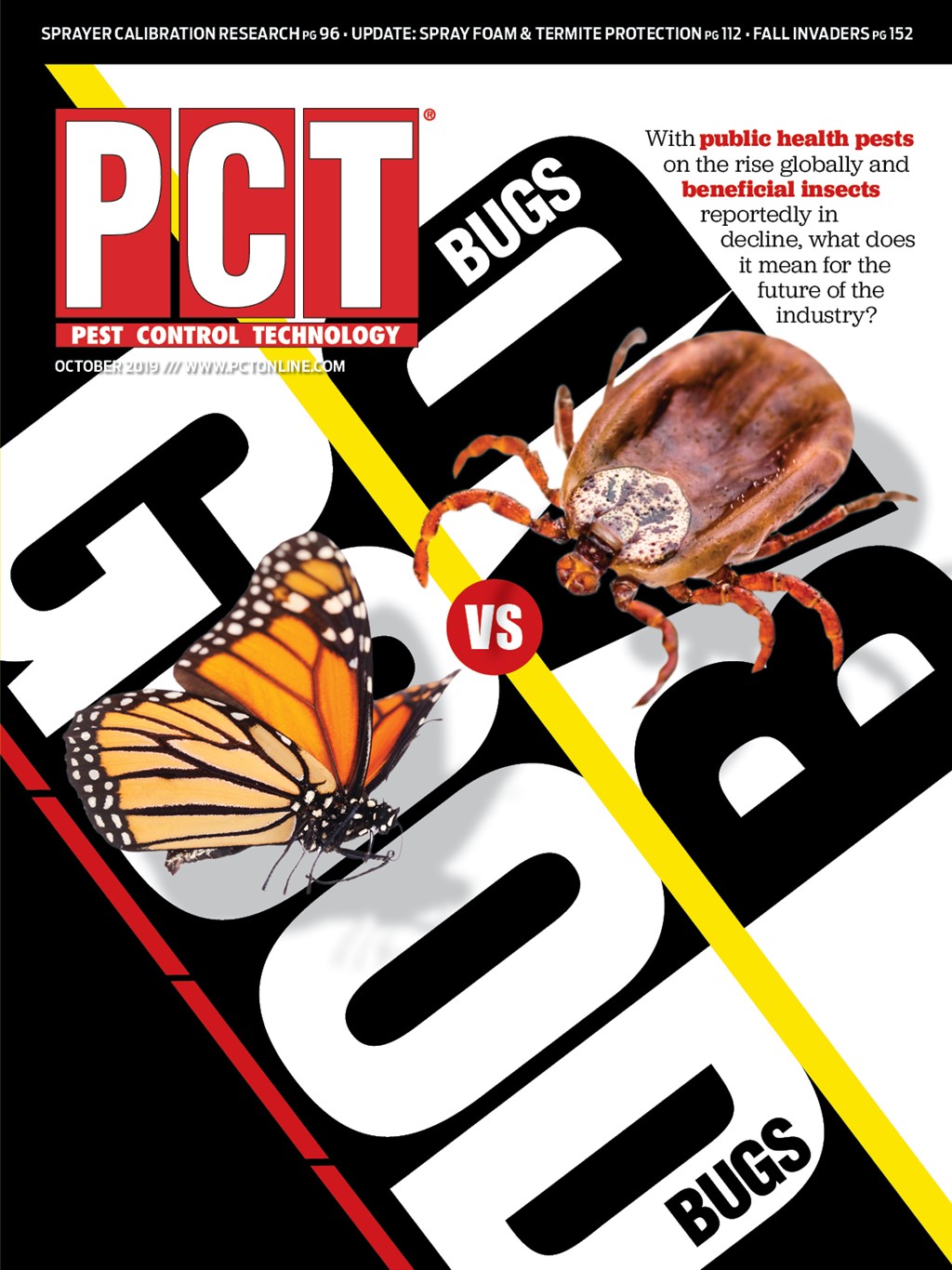
1. There is a lot of talk about resistance in the pest control community. What is the most important thing pest techs need to know about resistance?
There are three things I like to stress concerning resistance:
- Resistance to current pesticides is developing rapidly in several groups of species that are under constant pressure from frequent pesticide applications. Resistance management is not a problem for the future, it is becoming a major issue now that we must cope with and work towards change.
- There is more than one mechanism of resistance. Multiple mechanisms can be at play at the same time in the same population.
- There is a difference between bait aversion and insecticide resistance.

2. What are the different types of resistance?
- There are four main types:
- Metabolic Resistance – The pest has the ability to get rid of (or metabolize), or destroy, the insecticide.
- Target-Site Resistance – The pest is genetically modified to keep the insecticide from having any effect or producing a reduced effect.
- Penetration Resistance – The pest creates barriers against toxins in their cuticle.
- Behavioral Resistance – Behavioral changes that result in increased survival by avoiding or overcoming management strategies. For example, the pest becomes more sensitive to a toxin or other formulation ingredient and is thus able to avoid the sprayed area or stop feeding when that particular toxin or ingredient is detected.
3. What is the difference between bait aversion and insecticide resistance?
- Bait aversion deals more with specific ingredients in the formulation, not the insecticide. If a cockroach population has become bait adverse, you can remove the active ingredient and they still won’t eat it. But if you take out the food ingredient they have an aversion to, they may eat it. Cockroaches have become averse to specific sugars and components of liquid insecticides, for instance.
- Resistance is a heritable change in a population that results from behavioral or physiological adaptations that lead to repeated failure of a product. Bait aversion has been assessed as a mechanism of behavioral resistance.
- Resistance can be extremely difficult to detect in the field because many other factors can be at play such as cockroaches not feeding due to contaminated bait, poor application, using too little or too much bait, food competition, or other conducive conditions.
- Both bait aversion and toxicological resistance mechanisms could be present in the same population. The end result of each scenario is the same, cockroaches are present after multiple attempts to control the population.
4. What is the message to the PMPs who are dealing with situations that are at high risk for resistance?
Rotate insecticide classes, not just products. Active ingredients from different insecticide classes will have entirely different modes of action and be more effective in controlling physiological resistance. Here are some examples of products you do not want to rotate that are in the same class:
For more info on insecticide modes of action go to www.IRAC-Online.org.
To combat bait aversion carry a variety of baits from different manufacturers that will contain different base ingredients. Before applying the bait to the entire structure, offer a few smaller bait placement to cockroaches to see if there is apparent behavioral avoidance.
5. Any final thoughts on preventing resistance?
- IPM is a primary key to resistance management, and implementing non-chemical methods is imperative. Non-chemical methods include products like desiccants, vacuums and glue boards — these are physical or mechanical killers that do not promote resistance.
- To help reduce the selective pressures of resistance, add products into your rotation program with actives that have no known resistance such as borates. Implement the use of non-gel baits such as Niban Granular Insecticide bait containing boric acid, and promote the use of insecticide dust such as Nibor-D Insecticide with DOT or liquid spot treatments alongside baiting programs to reduce selective pressures. Remember to rotate dust and liquid products as well.
- Adjust your protocol or change baits if you see that there are plenty of live cockroaches, but they do not consume all of the bait, or if you return to find the bait has been eaten, but you expected a higher death toll, or if the population did not consume any bait.
- Do not stop until the job is complete. For resistance to persist, pests must survive your control efforts and reproduce. Your job is to make sure that does not happen.


Explore the October 2019 Issue
Check out more from this issue and find your next story to read.
Latest from Pest Control Technology
- SiteOne Hosts 2024 Women in Green Industry Conference
- Veseris Celebrates Grand Reopening of the Miami ProCenter
- Rollins' 2024 Second Quarters Revenues up 8.7 Percent YOY
- Fleetio Go Fleet Maintenance App Now Available in Spanish
- German Cockroach Control Mythbusting
- Total Pest Control Acquires Target Pest Control
- NPMA Workforce Development Shares Hiring Updates
- Certus Acquires Jarrod's Pest Control





